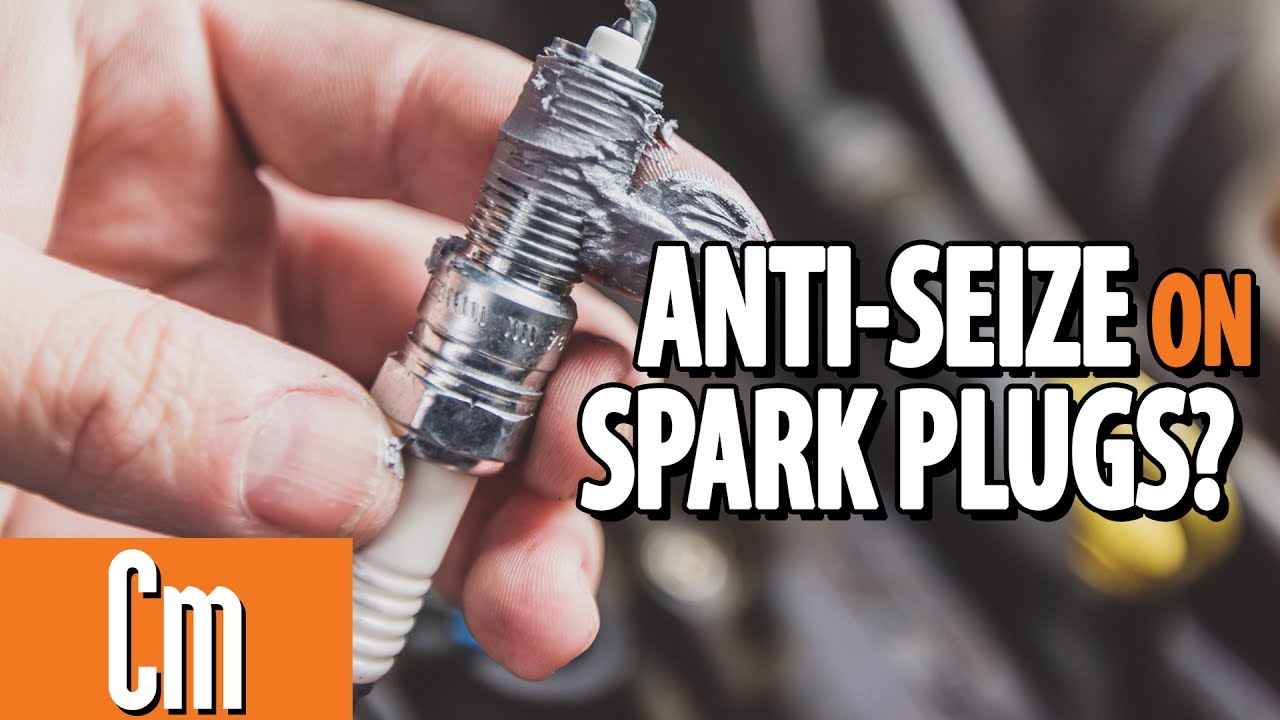When it comes to the intricate dance of combustion within our vehicles, spark plugs assume the role of both the conductor and the soloist. Like a symphony orchestra, each component plays a critical role, but without the spark plug’s precise execution, the performance falters. Yet, an age-old debate simmers in the automotive community: should one use anti-seize on spark plugs? This question may seem petty, but it resonates with those who understand the importance of proper maintenance. As we traverse this winding path, let us explore the nuances of spark plug care and the implications of employing anti-seize compound.
Imagine your car as a finely tuned instrument, each part calibrated to achieve harmony. Spark plugs, akin to the strings on a violin, need optimal tension and positioning to deliver a melodious note. When fitted appropriately, they ignite the air-fuel mixture in the engine’s combustion chamber, leading to power and efficiency. However, improper installation or removal can lead to a cacophony of problems.
The first step in comprehending the role of anti-seize is understanding the thermodynamic environment spark plugs endure. When exposed to the high temperatures and pressures within the combustion chamber, metals can seize together over cycles of intense heating and cooling. The combination of aluminum cylinder heads and steel spark plugs presents a veritable recipe for disaster. Without proper lubrication, the threads can bond, making future removal a treacherous affair.
Picture the automotive technician—armed not only with tools but also an arsenal of experience and advice. One such piece of guidance pertains to anti-seize application. Many technicians would argue that a light coating of anti-seize can serve as a protective barrier against thread seizing. It functions similarly to a lubricant, safeguarding against the potential for corrosion and ensuring a smoother removal process in the future. However, like adding salt to a dish, moderation is key. A scant application can alleviate worries about seizing without introducing undue complications.
Yet, the question arises: why does this debate even exist? The crux of it lies in the materials and specifications of modern spark plugs. Most manufacturers advise against the use of anti-seize on spark plugs made from materials such as nickel or iridium. These plugs are specifically designed to resist seizing and corrosion, thus rendering anti-seize unnecessary and potentially counterproductive. The allure of the shiny potion often leads to over-application, which can affect the thermal conductivity and the overall performance of the spark plug, ultimately resulting in adverse effects.
Let’s delve deeper into the world of spark plug care. Alternatively to using anti-seize, ensuring that your spark plugs are properly installed is paramount. This includes threads being clean and free of debris. Using a thread chaser can help restore any plunders of old thread material that may linger. The correct torque, measured with a torque wrench, must also be adhered to. Over-tightening can warp the aluminum head, and under-tightening can lead to inadequate sealing, creating a spark plug fiasco that resembles a poorly organized concert.
Consider the alternative methods of maintaining your spark plugs. Regular inspections and timely replacements are akin to preparing for a concert weeks in advance. Staying proactive can prevent many catastrophes. Replace spark plugs based on the manufacturer’s recommended intervals or sooner if performance begins to falter. Pay attention to the color and condition of the spark plugs; these can reveal a plethora of information about the engine’s health. A spark plug coated in an unusual deposit may hint at underlying issues that require attention—after all, silence may be golden, but a rough idling engine sings the blues.
As you journey through the winding roads of spark plug maintenance, you may also encounter the concept of thread lubrication itself. Beyond the contentious anti-seize, there exists a variety of compatible lubricants. High-temperature grease and specialized thread lubricants designed for use on spark plugs can offer additional protection while adhering to the material guidelines. This can ensure that spark plug installation and removal is not merely a trial, but a harmonious relationship blossoming over many miles.
In conclusion, the application of anti-seize on spark plugs is a subject enveloped in complexity—a true reflection of the multifaceted realm of automotive maintenance. It is an emblematic reminder that every vehicle owner and technician must listen to their unique engine’s symphony. Ultimately, the choice of whether to use anti-seize boils down to the materials involved, the specific requirements of your vehicle, and the careful consideration of best practices. Engage the process wisely, and treat your spark plugs as the delicate instruments they are, fostering longevity and durability through attentive care.
In this concert of automotive performance, let your spark plugs sing in harmony with your engine. Whether they require a touch of anti-seize or not, remember: a well-maintained vehicle is a manageable melody, capable of taking you on the journeys that lie ahead.
